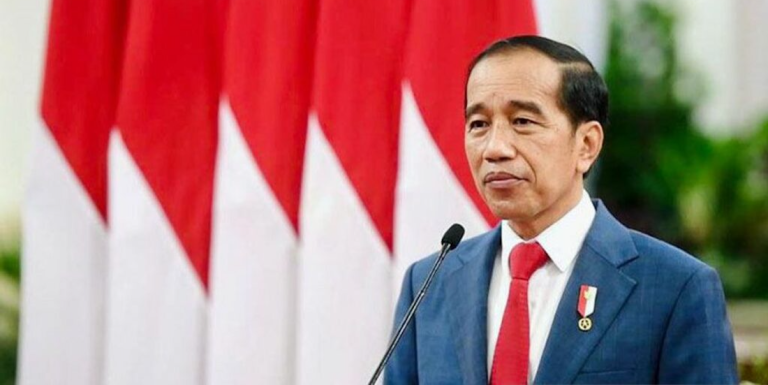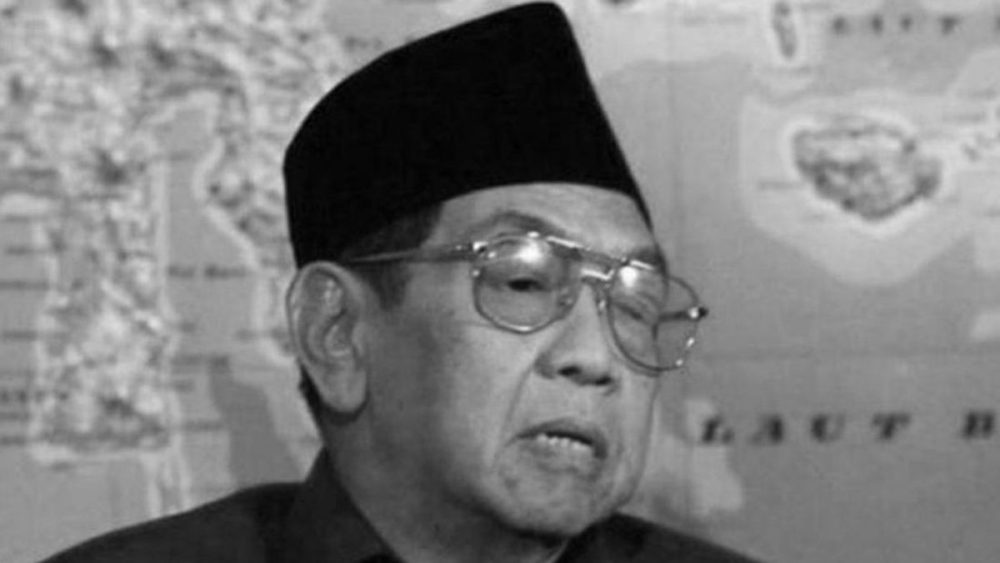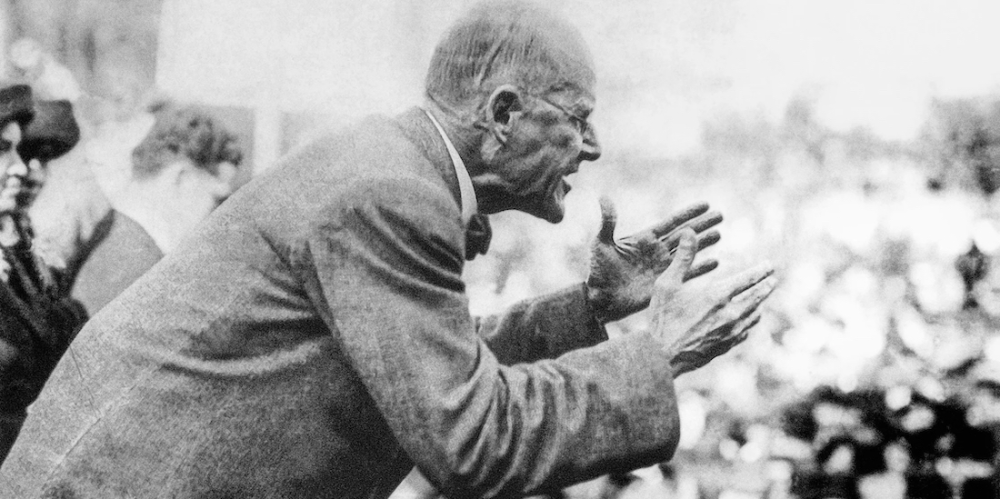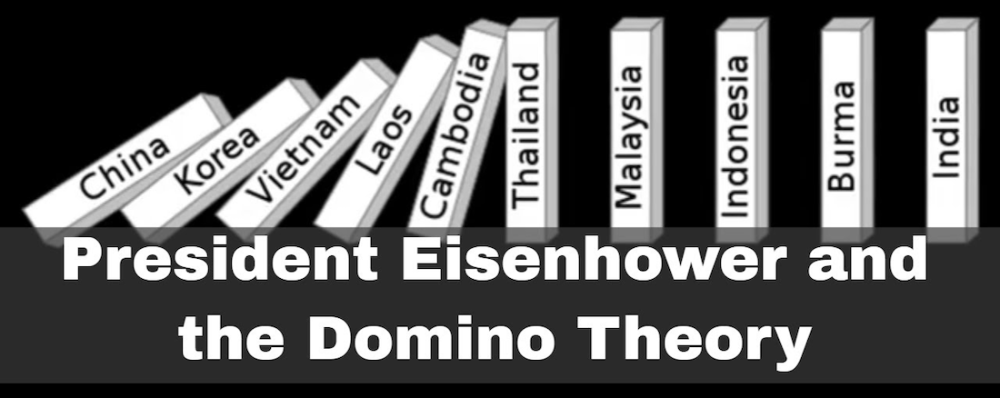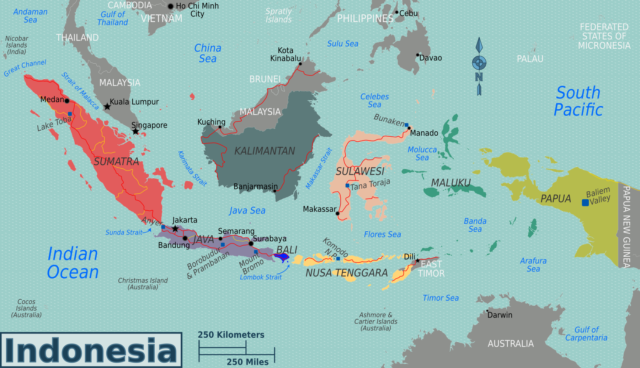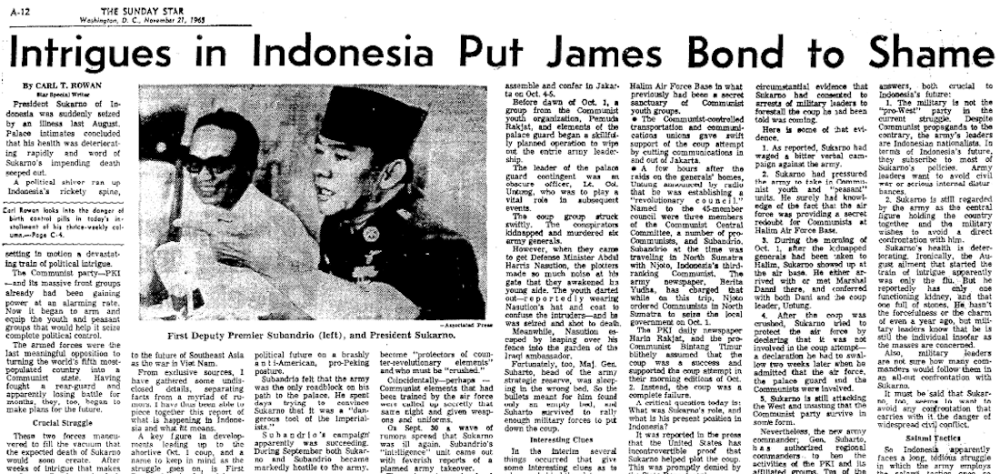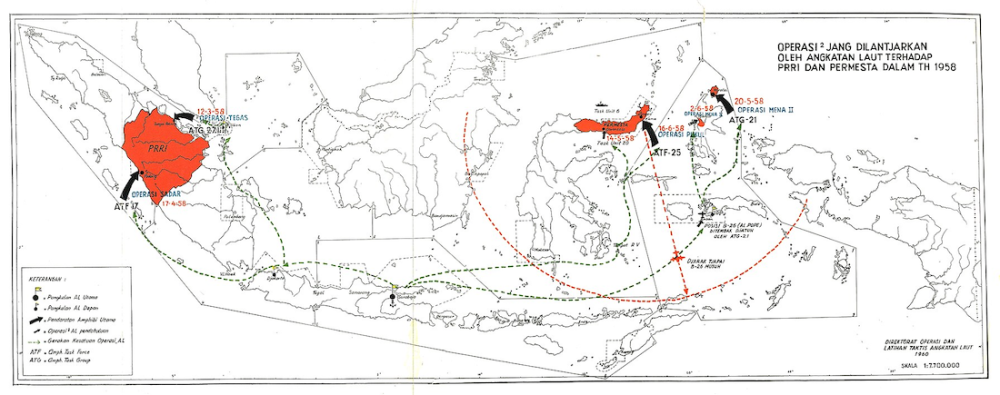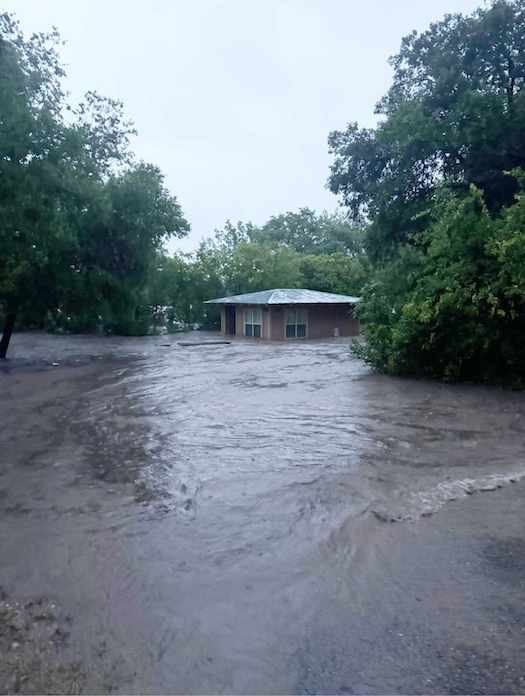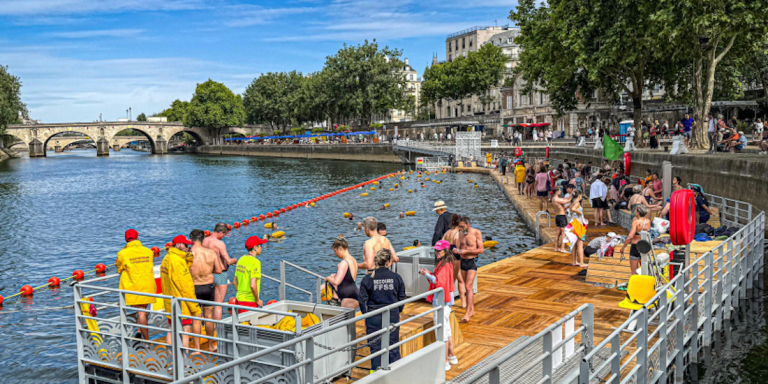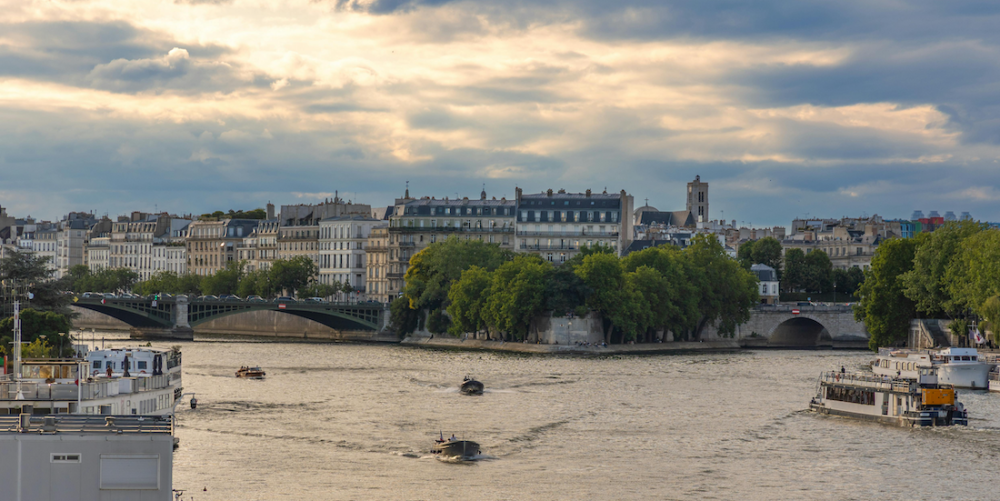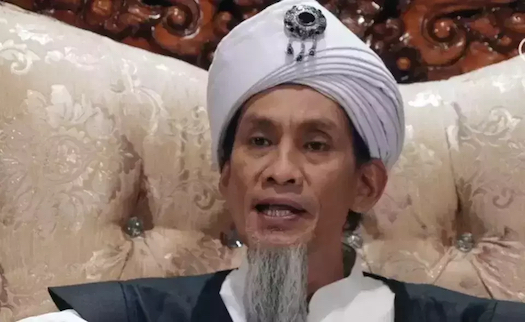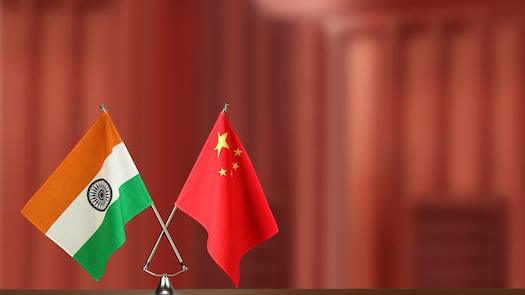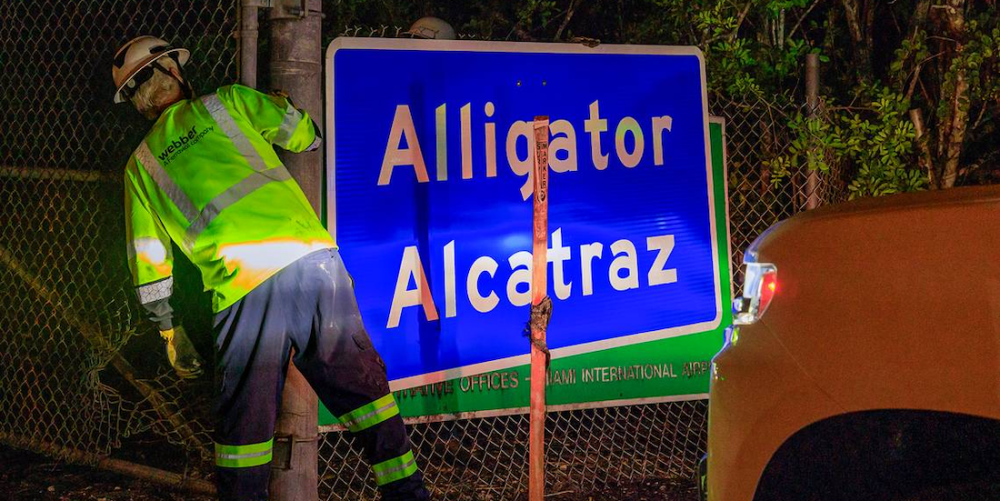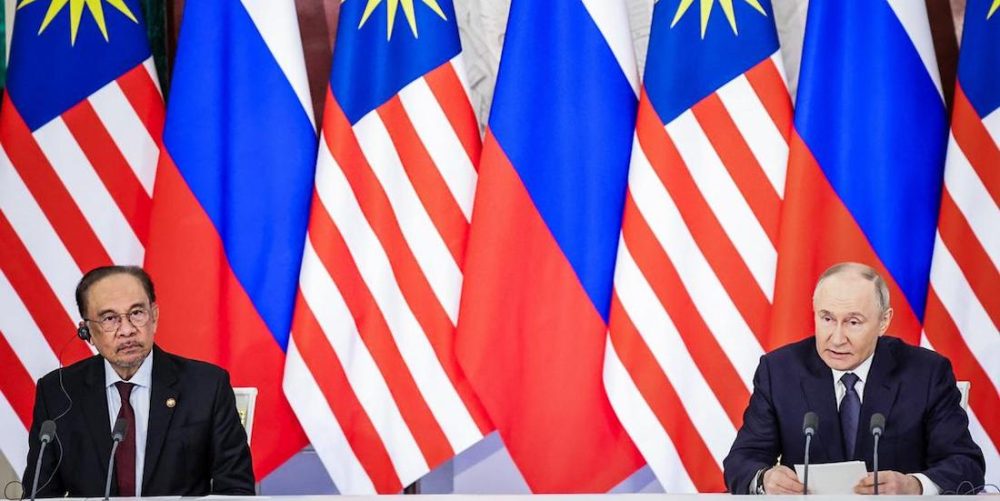Jakarta — In a televised address on January 11, 2023, President Jokowi [Luce Index™ score: 73/100] expressed deep regret for 12 gross human rights violations in Indonesia’s history, including the 1965-66 anti-communist purge.
A Nation Confronts Its Past
This massacre, sparked by a botched coup attempt on September 30, 1965, targeted members and suspected sympathizers of the Indonesian Communist Party (PKI), then the world’s third-largest communist party.
The violence, orchestrated by the Indonesian military under General Suharto, saw mass killings, imprisonments, and forced exiles.
Jokowi’s acknowledgment was only the second of its kind, following President
Gus Dur’s apology in 2000. Unlike his predecessor, Jokowi pledged concrete action:
restoring citizenship to exiles stripped of their nationality for alleged communist ties.
The decree, signed in March 2023, directed the Ministry of Foreign Affairs to verify data and expedite citizenship services for exiles and their heirs. This policy aimed to address the plight of those who fled or were stranded abroad during the purge, many of whom lost their passports and rights as Indonesian citizens.
However, by October 2023, progress stalled. Exiles, now elderly and scattered across countries like the Netherlands, China, Cuba, Albania, France, and Russia, awaited clarity on their status.

The Exiles’ Odyssey
The exiles are a diverse group, including former PKI members, intellectuals, students, and ordinary citizens caught in the anti-communist hysteria. Following the coup attempt, which the military blamed on the PKI, thousands fled or were abroad when their citizenship was revoked. Estimates of their numbers vary from 1,500 to several thousand, with many having died over the decades. Those who survived built new lives in foreign lands, often facing stigma and hardship.
Take Tom Iljas, an 84-year-old exile living in Stockholm. He told BenarNews that while Jokowi’s initiative was a step forward, it lacked accountability for perpetrators. Many exiles, like Iljas, became citizens of their host countries, gaining protections unavailable in Indonesia.
Historians, such as Asvi Warman Adam, note that exiles in Europe or China often enjoy better social benefits, reducing the incentive to return. Yet, for some, the longing to reconnect with their homeland persists.
Others, like the writer Martin Aleida, a former political prisoner, documented the purge’s horrors. His work highlights the exiles’ dual struggle: surviving abroad while grappling with the trauma of displacement and loss.
Many exiles were intellectuals or professionals whose skills were “wasted” abroad, as one X post noted, citing highly educated exiles in Germany. Their stories reveal a generation marked by resilience but scarred by Indonesia’s rejection.
The Purge’s Lasting Scars
The 1965-66 purge was a cataclysm that reshaped Indonesia. Triggered by the kidnapping and murder of six army generals, the Indonesian military, with support from U.S. and U.K. intelligence, launched a campaign to eradicate the PKI.
Civilian militias participated in the violence, which targeted not only communists but also ethnic Chinese, trade unionists, and anyone accused of leftist sympathies. Victims were executed, imprisoned, or exiled, and their families faced decades of discrimination. Identity cards marked ex-political prisoners, barring them from jobs in the civil service or military.
The Suharto regime, which seized power in 1967, suppressed discussion of the purge, portraying it as a “patriotic campaign.” Only after Suharto’s fall in 1998 did survivors begin sharing their stories.
A tribunal in The Hague, organized by human rights activists, labeled the purge ‘genocide,’
accusing the Indonesian state and its Western allies of complicity (2015). Declassified docu-
ments later revealed the U.S. provided lists of suspected communists, fueling the slaughter.
For exiles, the loss of citizenship was a profound injustice. Many, like Djawoto, a former ambassador to China, refused to return under Suharto’s regime, choosing exile over persecution. Their descendants, born abroad, often know Indonesia only through stories, yet the stigma of “communist” lingers, as one X (formerly Twitter) post lamented.
Can Citizenship Heal Old Wounds?
Restoring citizenship is a symbolic gesture, but its impact is uncertain. For some exiles, it offers a chance to reclaim their identity and visit Indonesia without fear.
Jokowi’s decree could allow long-term visas for those who prefer to retain foreign citizenship, as suggested by historian Asvi Warman Adam.
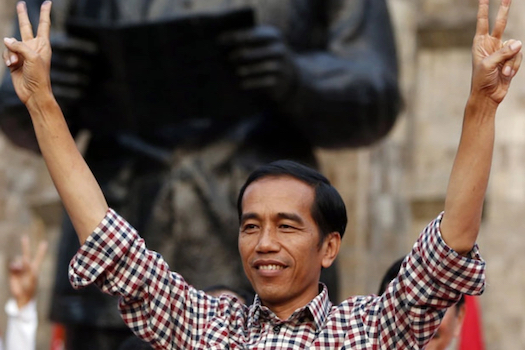
However, critics argue that without prosecuting perpetrators or addressing systemic stigma, the gesture falls short.
Activist Ita Nadia, whose family suffered during the purge, told The Guardian that compensation—such as scholarships or healthcare—is vital for survivors living in poverty.
The process faces logistical hurdles. The Ministry of Foreign Affairs lacks precise data on exiles, complicating verification. Political resistance also persists.
Indonesia’s 1966 ban on communist ideologies remains, fueling anti-communist sentiment, although the U.S. Application for Naturalization specifically asks to this day, “Have you EVER been a member of, or in any way associated (either directly or indirectly) with the Communist Party?”
Jokowi’s legacy is thus mixed. While his apology broke taboos, his administration has faced criticism for undermining democratic institutions, as noted in a Reuters report. As he nears the end of his presidency in October 2024, the window for meaningful action narrows. Human rights lawyer Veronica Koman emphasized the urgency, noting that many survivors are elderly and may not live to see justice.
A Step Toward Reconciliation?
Jokowi’s initiative is a rare acknowledgment of Indonesia’s painful past, but healing requires more than citizenship. A truth and reconciliation process, as advocated by Human Rights Watch, could document mass graves and provide closure. Public education, through museums or monuments, could challenge the Suharto-era narrative. For exiles, the promise of return is bittersweet—many have built lives abroad, but the chance to reconnect with their roots holds deep meaning.
The exiles’ stories, from Stockholm to Havana, reflect Indonesia’s complex history. Restoring their citizenship is a step toward justice, but true reconciliation demands accountability, remembrance, and an end to stigma. The world watches to see if Indonesia can confront its past and embrace its scattered children.
Summary for Audio
In January 2023, Indonesian President Jokowi apologized for the 1965-66 anti-communist purge, a massacre that killed thousands and exiled many. His decree aimed to restore citizenship for exiles, but progress stalled. Exiles, scattered across countries like the Netherlands and China, face logistical and political hurdles. While the apology marks a step toward reconciliation, critics demand accountability and systemic change to heal Indonesia’s scars from this dark chapter.
